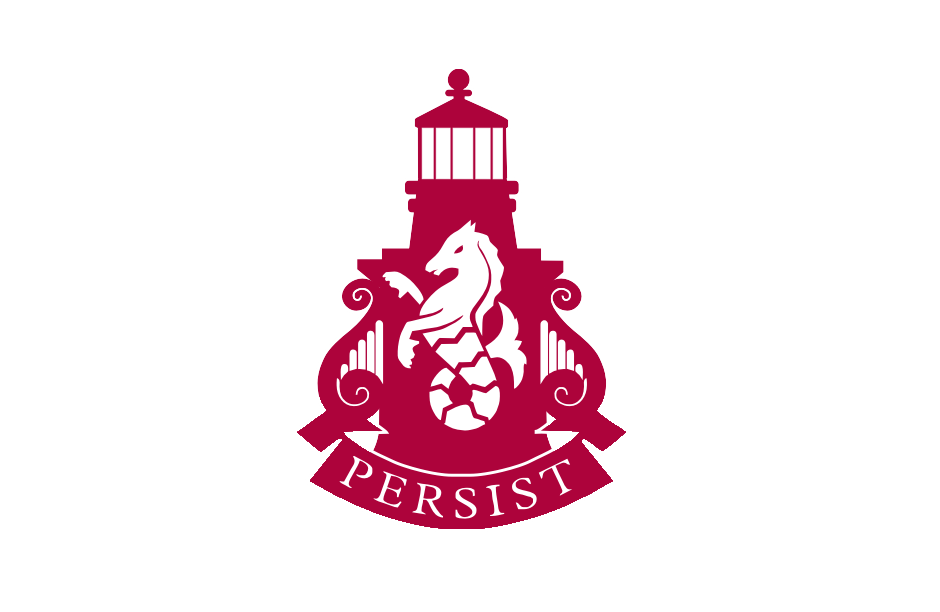Unveiling of the Eco Dragon
- Christina Jones
- Oct 11, 2022
- 2 min read
Year 8 students were fantastic ambassadors for The Royal Harbour Academy, at the recent unveiling of the Eco-Dragon at Greyfriars, Canterbury.
The students were very fortunate to have received an invitation to this event, through RHA’s links with the highly respected and local historian Dr Diane Heath.
This wonderful dragon was designed by a group of undergraduates, from the University of Kent Architects, as part of a Medieval Animals project headed by Dr Diane Heath.
The Eco-Dragon is currently sitting in the beautiful Franciscan gardens at Greyfriars, Canterbury. It will later be moved to a specialist garden environment for children and children with needs. It was an interesting design and incorporated many sustainable materials.
Our students enjoyed ‘feeding’ the dragon and were fascinated by Dr Heath and her references to medieval ideas about animals such as dragons, unicorns and centaurs. Dr Diane Heath has kindly offered to work with RHA on a project very similar to this. The hope is that RHA students will design their own medieval animal who can be proudly displayed in our own garden on the school premises.
Students took the opportunity to learn as they walked through the Canterbury streets. The students recalled their Year 7 learning about Thomas Becket and tried to spot as many references as they could to his murder in Canterbury Cathedral. They noticed the public inn first and couldn’t resist a photograph. Later, they spotted several paintings and sketches of the depiction of Becket’s murder in The Beany Museum, Canterbury High Street.
Students also learnt about the creator of Rupert the Bear, Mary Tourtel, as a special exhibition was being held at The Beany Museum to commemorate her works. Mary Tourtel was born in Canterbury in 1874 and died there in 1948.
The students were also reminded that Shakespeare was not the only Elizabethan playwright. They discussed why the Marlowe theatre is called The Marlowe and pointed out the statue referencing the playwright Christopher Marlowe. One of his well known plays is a play titled Dr Faustus.

































Comments